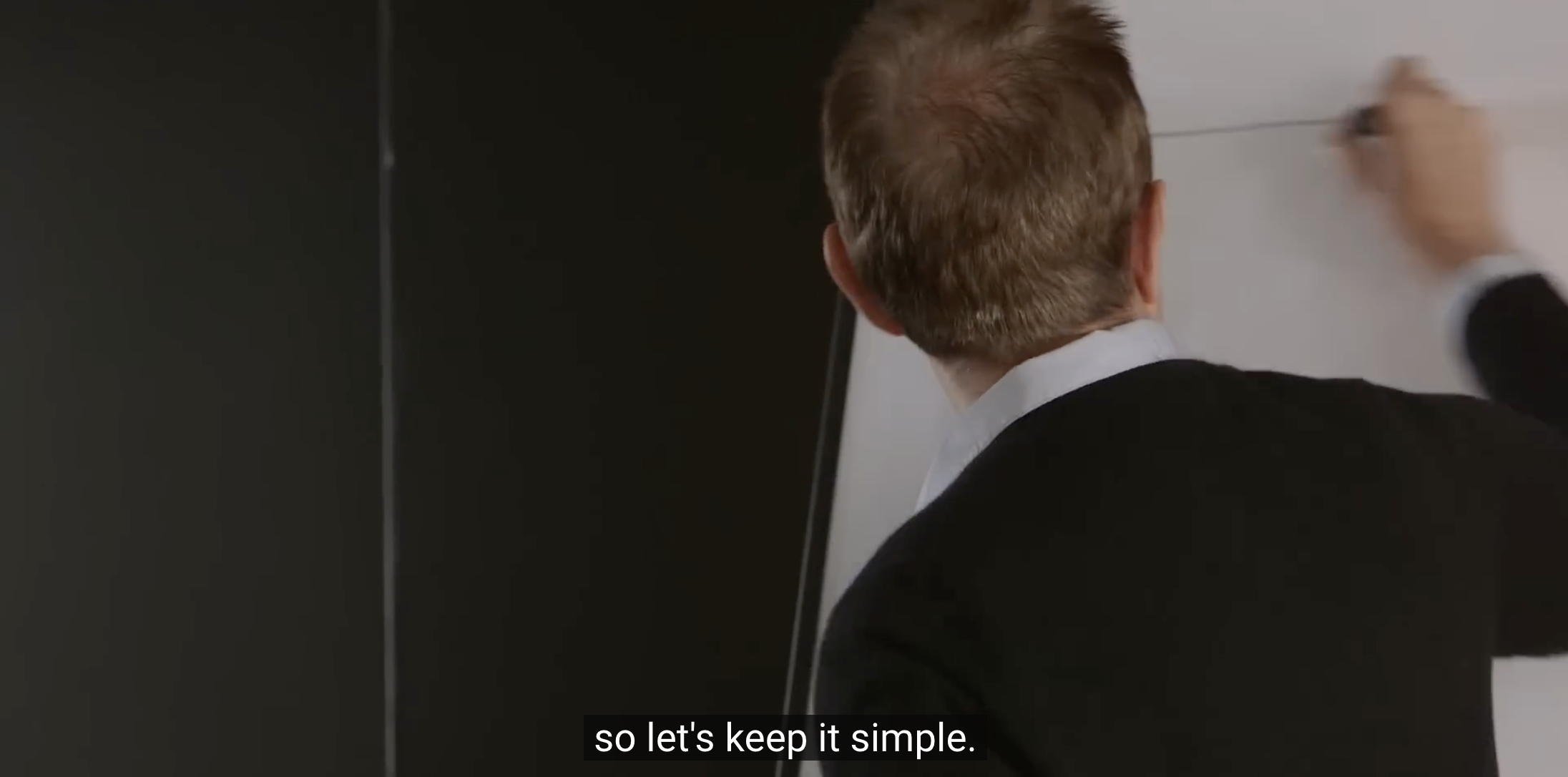Attention Marketing
How to Get (and Keep) Attention
When something our attention, time stops.
Other things fade away.
Attention is a precious resource, and you can earn it.
The Behavioral Psychology of Adoption
“Did you see that?"
Our brains are wired to pay attention to what matters and ignore what doesn't.
It's a filtering mechanism that's evolved over millennia; notice what's important, ignore what isn't.
This is the same psychological mechanism that drives your marketing's effectiveness.
Here’s marketing expert Dave Trott explaining how attention works in the human mind:
Why Most Marketing Fails
Many companies pour tons of resources into media buying to get their message in front of thousands. Then only a handful of people notice.
They’re concerned with reach and exposure, instead of attention and impact.
Here’s Dave Trott explaining how impact works:
Attention is the single difference between campaigns that soar and campaigns that sink. If people don't notice your advertising, it failed to clear the first hurdle.
This is 90% of marketing spend: Noise, that doesn’t convince anyone of anything.
The best marketing fits naturally into human attention patterns. and redirects them purposefully.
Here are some attention strategies you should integrate, and know in your bones.
Attention Principles to Know by Heart
CONTRAST
Nothing gets attention like difference. Your brain is wired to notice what's different.
Contrast In Practice: If everyone in your category zigs, you zag.
If all SaaS websites are blue, make yours orange
If every competitor uses stock photos, get custom photography
If the industry tone is serious, be playful
PATTERN INTERRUPTION
The human brain loves patterns. But it pays even more attention when those patterns break.
Pattern Interruption In Practice: Break expected patterns purposefully.
A misspelled subject line that makes you do a double-take
A sentence that ends unexpectedly potato
Create campaigns that subvert norms in your category/industry
EMOTIONAL APPEALS
We pay attention to what we feel. By definition, feelings direct us.
Emotional Appeals In Practice: Connect before you sell.
Lead with human truth, not product features
Tell stories that echo your audience's journey
Create emotional hooks before logical arguments
Attention Techniques You Can Steal
Here are a few marketing attention getters I’ve tried that have worked in the real world.
Sound Patterns
Your brain processes language in patterns. Alliteration, rhythm, and rhyme stick in memory because they're musical—and memorable.
Example: "Maybe she's born with it. Maybe it's Maybelline." The repetition and rhythm made this line instantly memorable, while the alliteration of "Maybe" and "Maybelline" created a hook that lasted decades.
Color Psychology
We process color before we process words or shapes. Unexpected color combinations force our brain to pause and pay attention, especially when they break category conventions.
Example: When every tech brand used blue to signal trust, Slack chose purple. This wasn't just different – it signaled creativity and collaboration instead of corporate stability.
The Rule of Odds
Our brains prefer odd numbers over even ones. Three items feel intentional and complete, while even numbers feel artificial and unfinished.
Example: Steve Jobs always hit three major points in his keynotes. Take the original iPhone launch: "A widescreen iPod, a revolutionary phone, and a breakthrough internet device."
Incomplete Loops
An unfinished story creates tension in our minds. We'll keep paying attention until we get closure, which makes incomplete loops irresistible.
Example: LinkedIn's "3 people viewed your profile" notification shows you just enough information to make you want more, triggering a powerful need to close the knowledge gap.
Progressive Disclosure
Don't show everything at once. Reveal information in strategic chunks, and people will stay engaged to see what's next.
Example: Apple's product pages start with one powerful image and headline, then reveal specs, features, and details as you scroll—each new section building on the last.
The Hook-Build-Payoff
Structure content like a story: grab attention, build tension, then deliver satisfaction. This three-act structure is how our brains expect information to flow.
Example: Nike's "Dream Crazy" featuring Colin Kaepernick: Hook (controversial figure), Build (stories of athletes overcoming odds), Payoff ("Believe in something, even if it means sacrificing everything").
Measuring Attention Properly
Stop measuring impressions. Start measuring impact.
Stop Time: How long do people pause on your content?
Engagement Depth: How far do they go into your message?
Memory Impact: Can they recall your message 24 hours later?
Share Rate: Do they find it worth sharing with others?
Action Rate: Does it drive the intended behavior?
Remember: Attention without intention is just entertainment. Your goal isn't just to get attention—it's to direct it toward meaningful action.
Best Marketing Tools for Measuring Attention
To measure attention properly, with a marketing team at your disposal, these are the tools we confidently recommend.
Hotjar - Heatmaps and session recordings show exactly where people look and click
Mouseflow - Records user sessions and creates movement heat maps
CrazyEgg - Scroll maps and click tracking to see where attention drops off
Google Analytics - Site visits, page depth, and time-on-page metrics reveal engagement patterns
PostHog - Open-source analytics platform that tracks user behavior and engagement
Heap Analytics - Automatically captures all user interactions without manual tracking setup
Fullstory - Digital experience analytics with session replay and conversion funnel analysis
Amplitude - Product analytics focused on user behavior patterns
Simple Analytics - Privacy-focused analytics showing where attention comes from
While you can go deep with many of these tools, don’t get lost in the sauce. Remember what you’re trying to measure at the outset, and keep your focus there.
Don’t get distracted by the latest feature release in Google Analytics. If you use it to measure page traffic, stick to exactly that.
Attention Always Wins
The ability to capture and direct attention is your most valuable marketing skill.
It’s where most marketing fails.
Win the attention game and you’ve surpassed 9/10 competitors.



